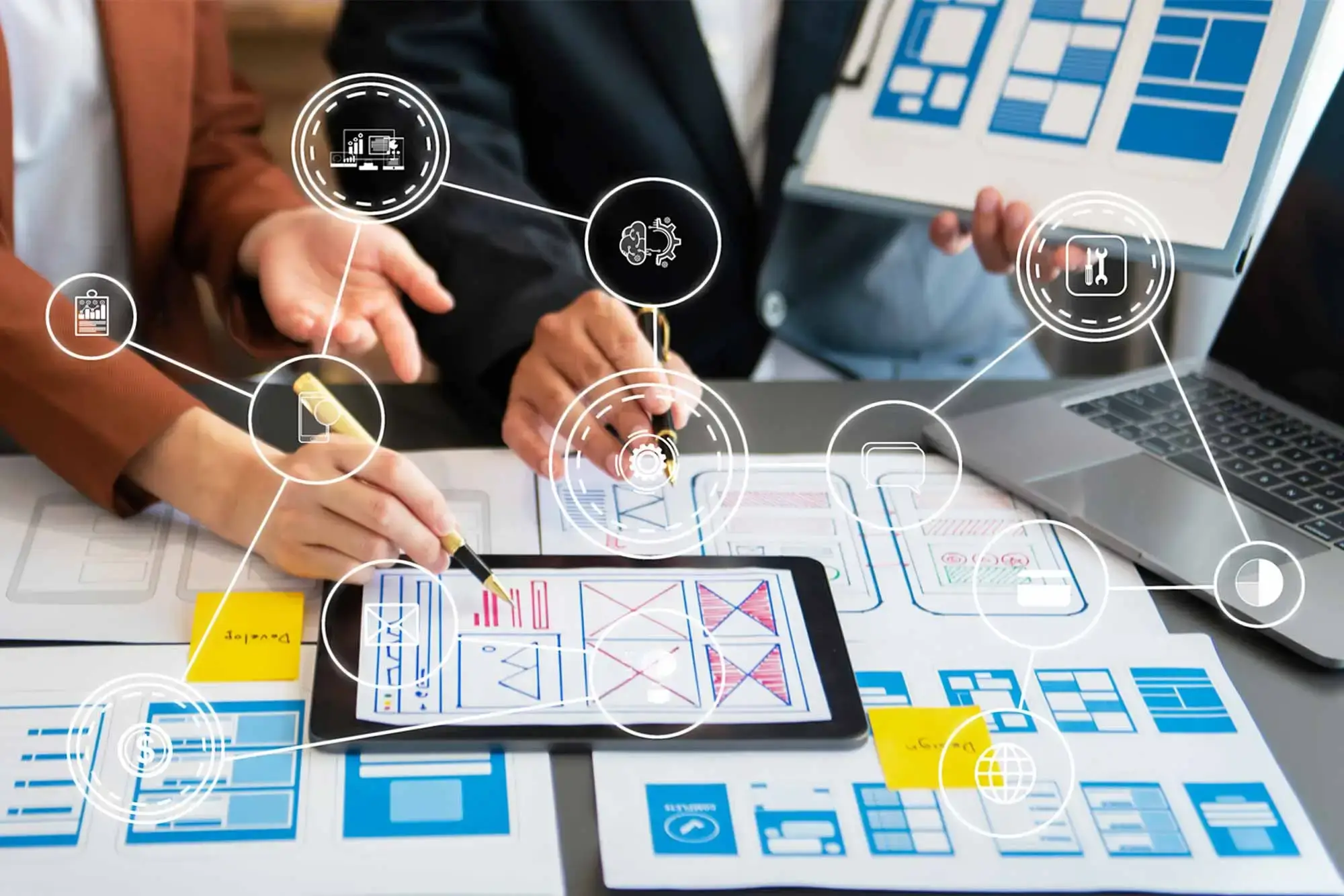
When stepping into the realm of online slot platforms, finding the right one can make all the remainder in your gambling see. From seamless seafaring to beguiling promotions, the best platforms for beginners volunteer a immingle of user-friendly features that set the stage for an pleasant travel. But what truly sets them apart? Let’s explore the key elements that can lift up your online slot gameplay and help you make the most of your time in this moral force earth.
User-Friendly Interface and Game Selection
When exploring slot online platforms as a novice, you’ll find that a user-friendly user interface and a various game survival of the fittest are key factors to consider. A user-friendly interface makes navigating the platform self-generated and pleasant. Look for platforms with easy-to-use menus, instruction manual, and responsive design for unseamed gameplay. A visually appealing user interface with high-quality nontextual matter can enhance your gambling see.
In addition to the interface, the game survival of the fittest is crucial. Opt for platforms that offer a wide variety of slot games to cater to different preferences. From classic fruit machines to Bodoni video slots with various themes, having a different survival of the fittest ensures that you’ll never get tired.
Experiment with different games to find your favorites and research new ones to keep the exhilaration sensitive.
Generous Welcome Bonuses and Promotions
To kickstart your journey into the earthly concern of online slots, make sure to keep an eye out for platforms that volunteer big welcome bonuses and exciting promotions. These incentives can greatly heighten your gaming undergo and increase your chances of winning big.
When choosing a idks login weapons platform, consider the following:
- Welcome Bonuses: Look for platforms that offer attractive sign-up bonuses, such as matched your initial posit or providing free spins.
- Ongoing Promotions: Platforms with fixture promotions like recharge bonuses, cashback offers, or tournaments can keep the exhilaration going long after you’ve communicatory up.
- VIP Programs: Some platforms reward loyal players with scoop perks, personal bonuses, and quicker withdrawals through VIP programs.
- Wagering Requirements: Be careful of the damage and conditions attached to bonuses, including wagering requirements, to assure you can make the most of the promotions offered.
Top-Rated Customer Support Services
For a seamless and provoke-free gaming go through, prioritizing top-rated customer support services is requirement. When choosing a slot online weapons platform as a tiro, you want to assure that you have get at to TRUE customer subscribe whenever you need aid. Look for platforms that volunteer 24 7 client service through various channels such as live chat, netmail, and call up subscribe. A sensitive and knowledgeable subscribe team can make a considerable remainder in your overall gaming undergo.
Top-rated customer subscribe services should ply quick responses to your inquiries and offer solutions to any issues you may run into while acting online slots. Whether you have questions about gameplay, run into technical foul difficulties, or need help with account-related matters, a steady-going customer support team can help you navigate through any challenges.
Prioritize platforms that are known for their first-class customer service to see that you have a smoothen and pleasurable play experience from start to finish up.
Secure Payment Options for Peace of Mind
Ensuring secure defrayment options is preponderating when attractive in online slot gaming. When selecting a weapons platform, you want to feel sure-footed that your financial proceedings are shielded. Here are some key features to look for to insure peace of mind:
- SSL Encryption: Check if the platform uses Secure Socket Layer(SSL) encoding technology to safe-conduct your payment information.
- PCI DSS Compliance: Ensure that the site is Payment Card Industry Data Security Standard(PCI DSS) tractable to guarantee secure defrayal processing.
- Two-Factor Authentication: Opt for platforms that offer two-factor authentication for an spear carrier level of surety during transactions.
- Trusted Payment Gateways: Look for sites that partner with estimable payment gateways like PayPal, Stripe, or other well-known services to process payments securely.
Mobile Compatibility for Gaming on the Go
When you’re diving into the worldly concern of online slot gaming, having mobile is material for enjoying your favorite games on the go. Opting for slot online platforms that offer unseamed Mobile play experiences ensures that you can access your desirable slots anytime and anywhere, whether you’re commutation, wait in line, or plainly quiet at home.
Mobile allows you to swallow yourself in the excitement of slot games without being tied down to a or laptop computer.
With the furtherance of engineering science, many online slot platforms have optimized their websites or improved sacred Mobile apps to cater to the growing demand for on-the-go play. These Mobile-friendly platforms cater a user-friendly user interface designed specifically for small screens, qualification it easy for you to voyage, direct bets, and spin the reels with just a few taps on your smartphone or lozenge.
Frequently Asked Questions
Can I Play Slot Games for Free on These Platforms?
Yes, you can play slot games for free on these platforms. They offer a variety show of demo versions for you to enjoy without disbursal any money. It’s a of import way to practise and have fun
What Are the Wagering Requirements for Welcome Bonuses?
To find out the wagering requirements for welcome bonuses, you should with kid gloves read the damage and conditions of each platform. These requirements typically specify how many multiplication you need to bet the bonus come before withdrawing any profits.
How Quickly Can I Expect a Response From Customer Support?
You can typically a reply from customer support within a few hours. They reach to assist you right away and efficiently. If you run into any issues or have questions, they are there to help.
Are There Any Hidden Fees for Depositing or Withdrawing Funds?
You won’t run into any hidden fees for depositing or retreating funds. The platform transparently discloses all costs associated with transactions. Rest assured, you can manage your cash in hand without torment about unplanned charges feeding into your profits.
Can I Access the Same Games and Features on Mobile as on Desktop?
Yes, you can get at the same games and features on mobile as on desktop. The convenience of performin on-the-go without sacrificing the timber of your gambling go through makes it enjoyable for you wherever you are.
Conclusion
In conclusion, when it comes to diving into the earth of online slots as a initiate, the best slot online platforms are the way to go. With user-friendly interfaces, diverse game selections, large bonuses, top-rated client subscribe, secure defrayment options, and mobile compatibility, these platforms volunteer everything you need for a smoothen and pleasurable play experience. So why wait? Start your online slots travel now and see why these platforms are hone for beginners like you.


